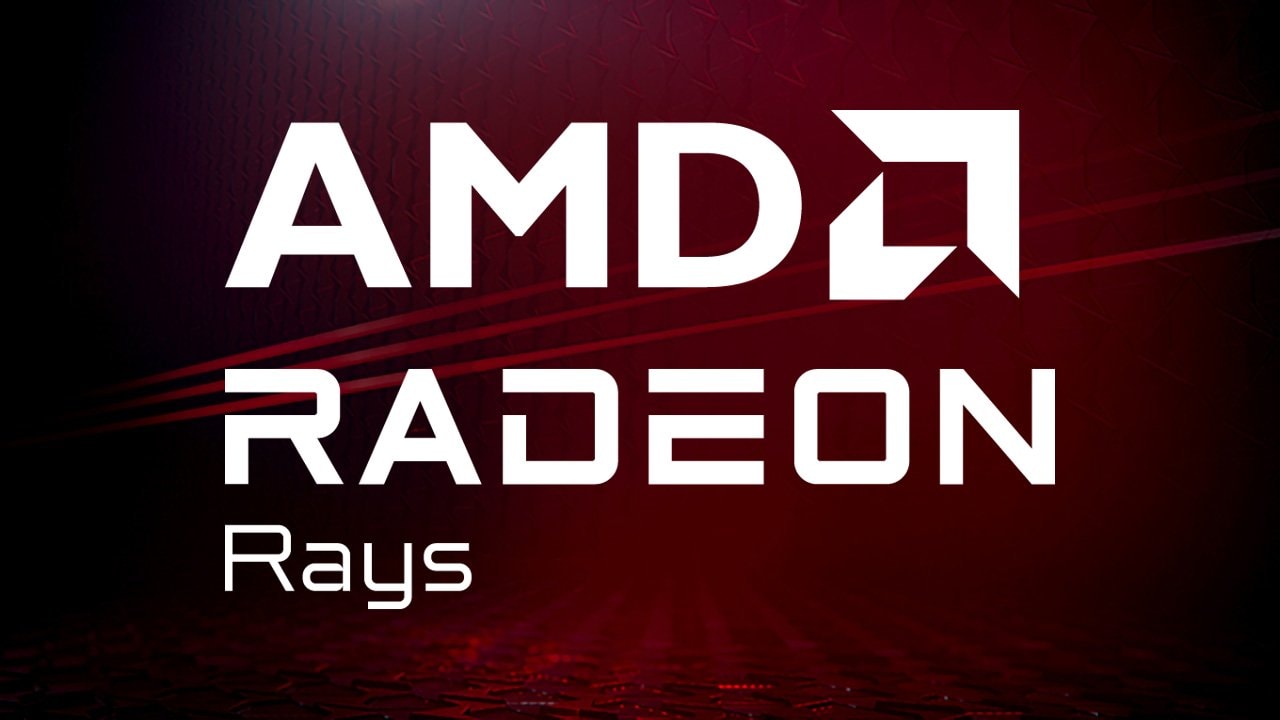
Radeon™ Rays
The lightweight accelerated ray intersection library for DirectX®12 and Vulkan®.
Today is the last day in our series of releases to celebrate the relaunch of GPUOpen. We hope you’ve enjoyed stopping by each day to check out the new goodies.
We’ve got something special. It’s our Let’s build… 2020 virtual event. The event couldn’t be easier to attend, and you can do it from the comfort and safety of your own home. There’s no travel, no airports, no hotels, and no fuss! Let’s build… 2020 consists of six video presentations, but it’s up to you how you want to watch them. Binge the entire event in one go? Or perhaps savour them over multiple days or weeks? It’s your decision.
Given the challenging situation we all currently face, our brilliant presenters have recorded their presentations from their home offices around the world. We’d like to thank each of them for all their hard work putting together some truly great content. We hope you enjoy it.
Watch our Let’s build… 2020 video presentations now!
Join AMD Game Engineering team members for an introduction to the AMD Ryzen™ family of processors followed by advanced optimization topics. Learn about the high-performance AMD “Zen 2” microarchitecture and profiling tools. Gain insight into code optimization opportunities and lessons learned. Examples may include C/C++, assembly, and hardware performance-monitoring counters.
Attendees will learn optimizations for the high-performance AMD “Zen 2” microarchitecture.
When AMD introduced its Navi family of GPUs, it also introduced a whole new GPU architecture: RDNA. This architecture is not only used in AMD GPUs for PC, but also in next-generation consoles. Join the session to learn about the details of RDNA and how it differs from the previous GCN architecture. We will also be presenting examples of optimizations based on the case study of implementing an efficient downsampler covering topics such as characteristics of workload distribution, shader optimizations, and efficient texture access.
Shader compilers can be easily confused for dragons — they devour innocent developers, and instead of optimal code, they spew fire. Only the toughest adventurers well versed in the arcane knowledge of how to tame them used to stand a chance.
Until today! Together, we will uncover the dark secrets of the shader compiler and tame this fiery beast. Our journey will take us from the original source code down to the RDNA ISA. We’ll leave no stone unturned when it comes to giving you a deep understanding of compilers. We will arm you with knowledge about control-flow, bindless resource access and scalarization which is directly applicable to problems you’re facing daily at work.
At the frontend, we will look at DXC and how it produces intermediate representations. At the backend, we will discuss the arts of instruction selection, scheduling, and register allocation for the RDNA instruction set.
Throughout the whole trip, we will provide you with practical examples from real-world applications and look at them through the compiler’s eyes. At the end, you will have a solid understanding of your shader compiler and write performant shaders with ease.
GPUOpen provides a variety of source code projects for game developers of all levels, with a permissive license to allow code modifications and integration into titles to take place. This presentation will provide a technical overview of existing and new graphics Effects available in GPUOpen and detail integration procedures for them.
Effects covered will include FEMFX (a multithreaded CPU deformable physics library), FidelityFX (a series of image quality-enhancement techniques), TressFX (hair simulation & rendering), Radeon™ ProRender (physically based light transport simulator) as well as brand-new techniques not publicly shown before.
Meet the newest tool in AMD’s Radeon™ tool suite – the Radeon™ Memory Visualizer. Historically, understanding in detail how GPU memory is being used in your game has been a challenge. It has been difficult to answer questions about memory allocations, resource bindings, page mappings, memory residency, heap over-subscription, memory leaks and more.
In this presentation AMD will introduce the Radeon™ Memory Visualizer, a new tool designed to help answer these questions. We will show through a live demo how this tool can be used to identify and solve common memory issues in your title. We will also provide updates on the other tools in AMD’s Radeon™ tool suite – Radeon™ GPU Profiler and Radeon™ GPU Analyzer, both of which have had recent significant enhancements.
We are introducing the new version of Radeon™ ProRender 2.0, the Universal Rendering API. In addition to producing final rendering, the Universal Rendering API augments viewport rendering with interactivity and photorealistic quality.
We will describe new features in details and demo the capabilities they enable. This API allows both Gaming and Pro content creation to have a joined ecosystem for rendering content.